Civil Defence as a survival technology
Table of Contents
- Glossary
- Preamble
- Intro
- Civil Defence In The USSR
- Gallery
- The Album Cover
- The Aim of Civil Defence
- The Structure of Civil Defence
- U.S. Nuclear Offensive Capabilities
- Blast Effects of a Nuclear Explosion
- The ShockWave
- The Light Flash And Thermal Radiation
- Ionising Radiation
- Pollution by Radioactive Nuclides
- Electromagnetic Impulse
- Neutron Weapons and Protective Measures Against Them
- Chemical Weapons
- Bacteriological (Biological) Weapons
- Bacteriological (Biological) Weapons (Continuation)
- Conventional Weapons and Basic Protection Measures Against Them
- Collective Protective Measures: Shelters
- Collective Protective Measures: Radiation Shelters
- Collective Protective Measures: Basic Shelters
- Personal Protective Equipment for Respiratory Organs
- Personal Protective Equipment for Respiratory Organs (Continuation)
- Basic Respiratory Protection Measures
- Specialized Skin Protective Equipment
- Improvised Skin Protection Measures
- Dispersal and Evacuation of the Population
- Dispersal and Evacuation of the Population (Continuation)
- Assembly Evacuation Point
- Actions in Response to Civil Defence Alerts
- Actions in Response to Civil Defence Alerts (Continuation)
- Actions in Response to Civil Defence Alerts (Continuation)
- Protection of Children and the Responsibilities of Adults for Their Safety
- Measures to Enhance the Protective Properties of Homes (Apartments)
- Light Camouflage of Residential and Industrial Premises
- Dose Rate Meter (Radiometer)
- Working with a Radiometer
- Military Chemical Reconnaissance Device
- Protection of Food, Water, and Water Sources from Radioactive and Toxic Substances
- Protection of Agricultural Animals from Weapons of Mass Destruction
- Protection of Fodder from Radioactive Contamination
- Rescue and Urgent Recovery Operations in the Affected Area
- Rescue and Urgent Recovery Operations in the Affected Area (Continuation)
- Rescue and Urgent Recovery Operations in the Affected Area (Continuation)
- Rescue and Urgent Recovery Operations in the Affected Area (Continuation)
- Urgent Recovery Operations in the Affected Area
- Urgent Recovery Operations in the Affected Area (Continuation)
- Partial Sanitary Processing for Radioactive Contamination
- Decontamination of Food and Water
- Decontamination of Clothing and Footwear
- Veterinary Treatment of Agricultural Animals
- Decontamination of Livestock Premises
Glossary
Civil Defence
Civil Defence is a set of organized measures and actions taken to prepare for, respond to, and recover from emergencies and disasters, both natural and man-made, with the aim of protecting civilians, infrastructure, and essential services.
Preamble
Although my military specialization in "Protection against Radiological, Chemical, and Biological Weapons of Mass Destruction," acquired in 1999, it is prudent for me to share my perspective on the potential threats these weapons pose to the citizens of the Republic of Ireland in 2025.
Given the present political tensions between nuclear-armed countries, the potential threat of their use by combatants and the severe consequences that would follow is a pressing concern. This precarious situation underscores the urgent need for comprehensive contingency planning to mitigate the impact of any nuclear confrontation.
Naturally, there is nothing novel under the moon, and the current geopolitical situation is not unprecedented—it bears a resemblance to a distorted version of the Cold War era. Echoes of past tensions are evident in today's global landscape, reminding us of the cyclical nature of international relations and the persistent challenges posed by nuclear deterrence and political rivalry.
Therefore, it is sensible to revisit the Civil Defence strategies employed during that era, adapt them to today's circumstances, and, where possible, enhance them to meet contemporary challenges.
Intro
In the current geopolitical climate, characterized by heightened political tensions among nations that possess nuclear arsenals, the risk of the intentional or accidental release of radioactive materials on a global scale is a concerning reality. Although the probability of such an event remains low, it is not negligible and requires closer attention to be paid to the issue in the face of potential nuclear threats in general, and in the context of Civil Defence in particular.
Civil Defence In The USSR
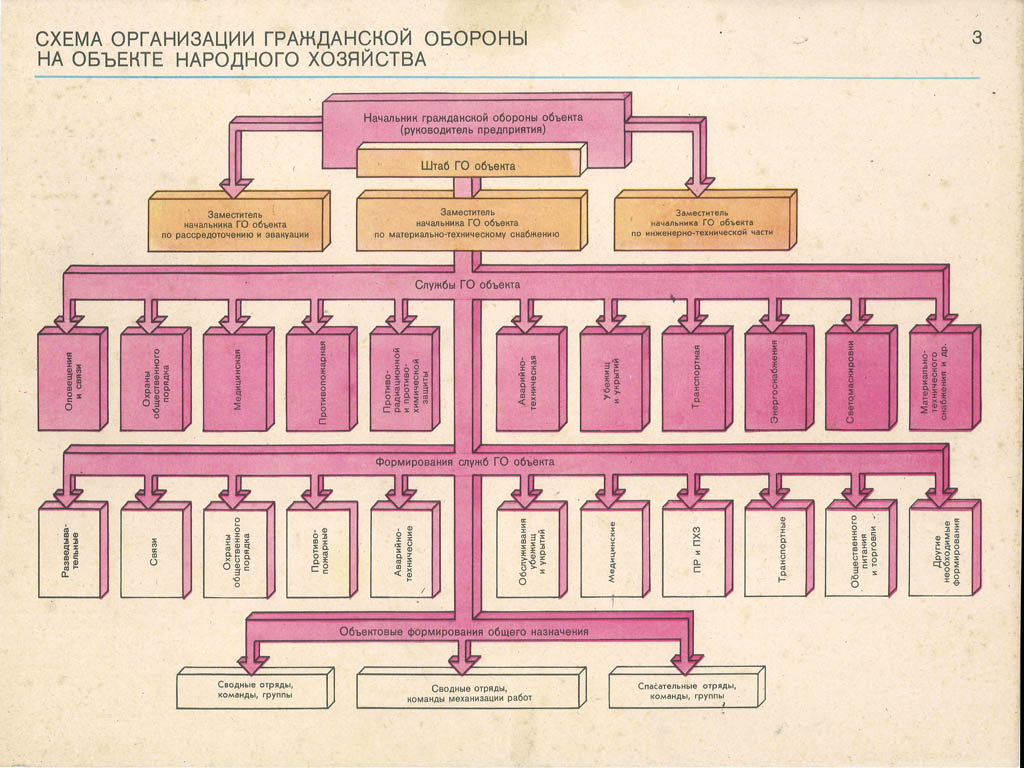
Figure 1: The Structure of Civil Defence
In the USSR, Civil Defence was institutionally established by the Soviet government around a century ago as a critical component of national security, underscored by comprehensive legal frameworks. It was intricately rooted in the nation's commitment to safeguarding its citizens, as delineated in the law, and was viewed as a fundamental extension of the Constitutional right to life.
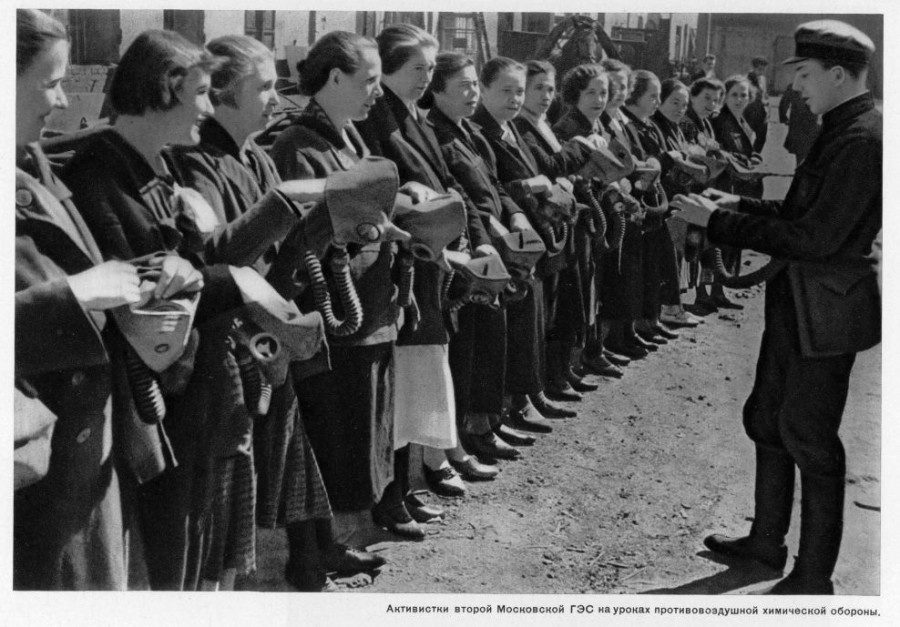
Figure 2: Women Are Prepared
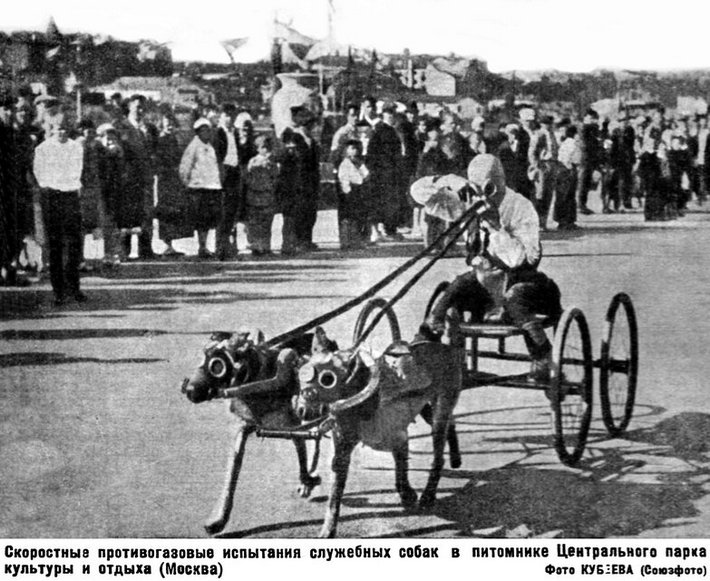
Figure 3: The Dogs Are Prepared
Ideology
The implementation of Civil Defence measures was designed to provide robust protection for the populace against a range of potential threats, including nuclear, chemical, and other emergencies, reflecting the state's prioritization of citizens' safety and resilience through well-orchestrated preparedness strategies and initiatives.
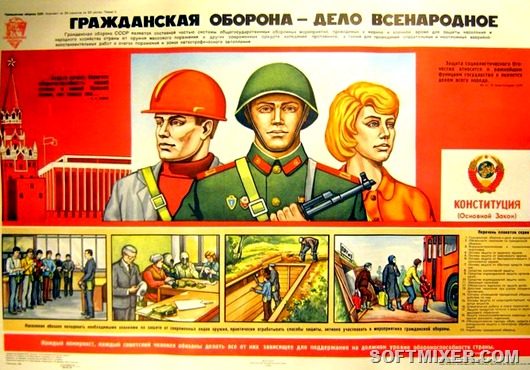
Figure 4: Civil Defence Is Business For Everyone
Law
It follows logically that, with the Soviet government's extensive dedication to safeguarding the life and health of its citizens, a comprehensive framework for Civil Defence was meticulously crafted and enshrined in a broad array of laws and regulatory acts. This legal structure was designed to ensure systematic planning, preparedness, and response capabilities to effectively protect the population from various emergencies, including potential nuclear and radiological threats.
The detailed codification of Civil Defence measures underscores the importance placed on citizen safety as a national priority, reflecting thorough government planning and strategic foresight.
Upbringing and training
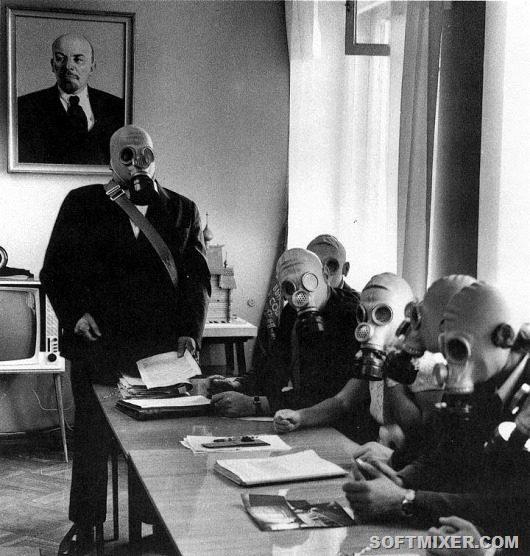
Figure 5: Pupils in the classroom with Lenin
It is noteworthy that Civil Defence was integrated into the secondary
school curriculum as a dedicated educational subject, consisting of a
weekly one-hour session for 13-16-year-old students. This inclusion
reflected the importance placed on equipping young citizens with
essential knowledge and skills in emergency preparedness and response.
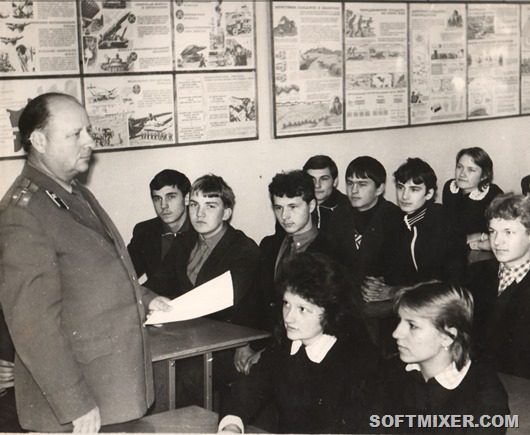
Figure 6: Pupils in the civil defence classroom
By introducing these concepts at an early age, the education system aimed to foster a culture of awareness and resilience, preparing students to effectively handle potential threats and contribute to community safety.
Gallery
The Album Cover

Figure 7: The Album Cover
The Aim of Civil Defence

Figure 8: The Aim of Civil Defence
The Structure of Civil Defence

Figure 9: The Structure of Civil Defence
U.S. Nuclear Offensive Capabilities

Figure 10: U.S. Nuclear Offensive Capabilities
Blast Effects of a Nuclear Explosion

Figure 11: Blast Effects of a Nuclear Explosion
The ShockWave

Figure 12: The Shock Wave
The Light Flash And Thermal Radiation

Figure 13: The Light Flash
Ionising Radiation

Figure 14: Ionising Radiation
Pollution by Radioactive Nuclides

Figure 15: Pollution by Radioactive Nuclides
Electromagnetic Impulse

Figure 16: Electromagnetic Impulse
Neutron Weapons and Protective Measures Against Them

Figure 17: Neutron Weapons and Protective Measures Against Them
Chemical Weapons

Figure 18: Chemical Weapons
Bacteriological (Biological) Weapons

Figure 19: Bacteriological (Biological) Weapons
Bacteriological (Biological) Weapons (Continuation)

Figure 20: Bacteriological (Biological) Weapons (Continuation)
Conventional Weapons and Basic Protection Measures Against Them

Figure 21: Conventional Weapons and Basic Protection Measures Against Them
Collective Protective Measures: Shelters

Figure 22: Collective Protective Measures: Shelters
Collective Protective Measures: Radiation Shelters

Figure 23: Collective Protective Measures: Radiation Shelters
Collective Protective Measures: Basic Shelters

Figure 24: Collective Protective Measures: Basic Shelters
Personal Protective Equipment for Respiratory Organs

Figure 25: Personal Protective Equipment for Respiratory Organs
Personal Protective Equipment for Respiratory Organs (Continuation)

Figure 26: Personal Protective Equipment for Respiratory Organs (Continuation)
Basic Respiratory Protection Measures

Figure 27: Basic Respiratory Protection Measures
Specialized Skin Protective Equipment

Figure 28: Specialized Skin Protective Equipment
Improvised Skin Protection Measures

Figure 29: Improvised Skin Protection Measures
Dispersal and Evacuation of the Population

Figure 30: Dispersal and Evacuation of the Population
Dispersal and Evacuation of the Population (Continuation)

Figure 31: Dispersal and Evacuation of the Population (Continuation)
Assembly Evacuation Point

Figure 32: Assembly Evacuation Point
Actions in Response to Civil Defence Alerts

Figure 33: Actions in Response to Civil Defence Alerts
Actions in Response to Civil Defence Alerts (Continuation)

Figure 34: Actions in Response to Civil Defence Alerts (Continuation)
Actions in Response to Civil Defence Alerts (Continuation)

Figure 35: Actions in Response to Civil Defence Alerts (Continuation)
Protection of Children and the Responsibilities of Adults for Their Safety

Figure 36: Protection of Children and the Responsibilities of Adults for Their Safety
Measures to Enhance the Protective Properties of Homes (Apartments)

Figure 37: Measures to Enhance the Protective Properties of Homes (Apartments)
Light Camouflage of Residential and Industrial Premises

Figure 38: Light Camouflage of Residential and Industrial Premises
Dose Rate Meter (Radiometer)

Figure 39: Dose Rate Meter (Radiometer)
Working with a Radiometer

Figure 40: Working with a Radiometer
Military Chemical Reconnaissance Device

Figure 41: Military Chemical Reconnaissance Device
Protection of Food, Water, and Water Sources from Radioactive and Toxic Substances

Figure 42: Protection of Food, Water, and Water Sources from Radioactive and Toxic Substances
Protection of Agricultural Animals from Weapons of Mass Destruction

Figure 43: Protection of Agricultural Animals from Weapons of Mass Destruction
Protection of Fodder from Radioactive Contamination

Figure 44: Protection of Fodder from Radioactive Contamination
Rescue and Urgent Recovery Operations in the Affected Area

Figure 45: Rescue and Urgent Recovery Operations in the Affected Area
Rescue and Urgent Recovery Operations in the Affected Area (Continuation)

Figure 46: Rescue and Urgent Recovery Operations in the Affected Area (Continuation)
Rescue and Urgent Recovery Operations in the Affected Area (Continuation)
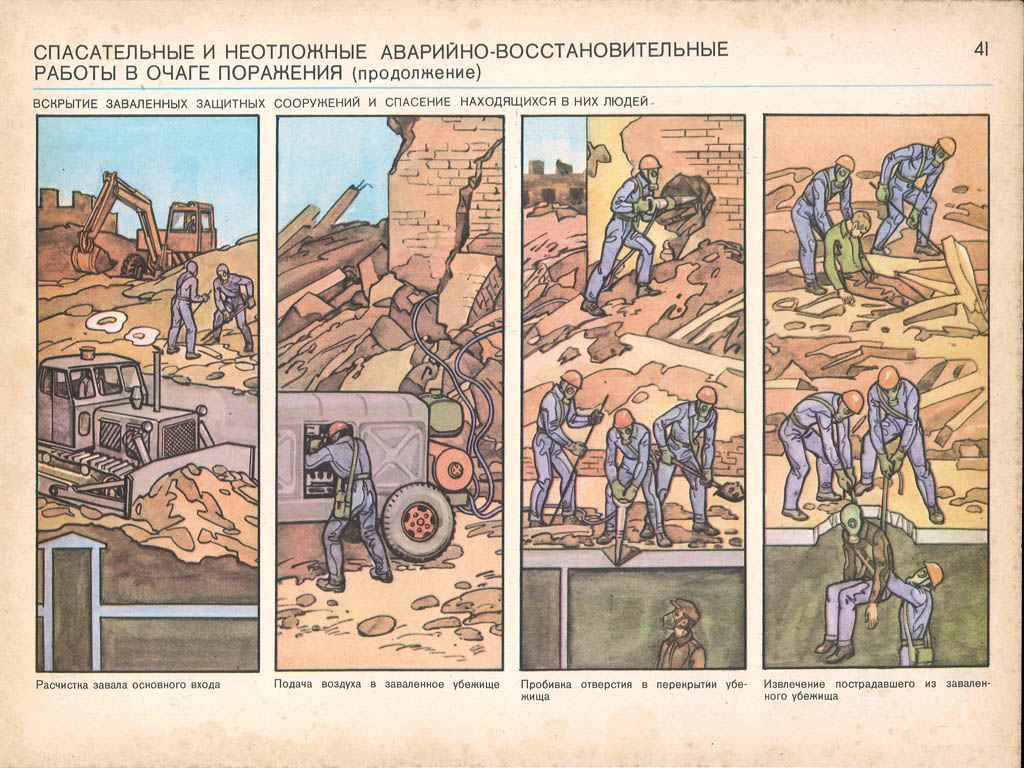
Figure 47: Rescue and Urgent Recovery Operations in the Affected Area (Continuation)
Rescue and Urgent Recovery Operations in the Affected Area (Continuation)
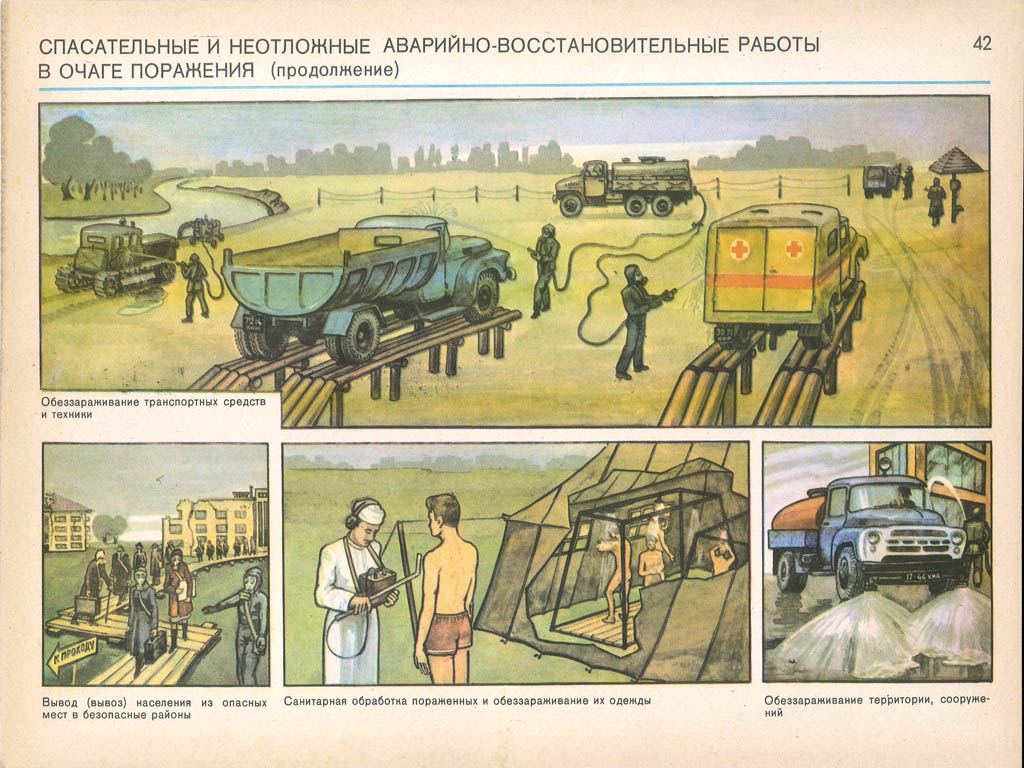
Figure 48: Rescue and Urgent Recovery Operations in the Affected Area (Continuation)
Urgent Recovery Operations in the Affected Area
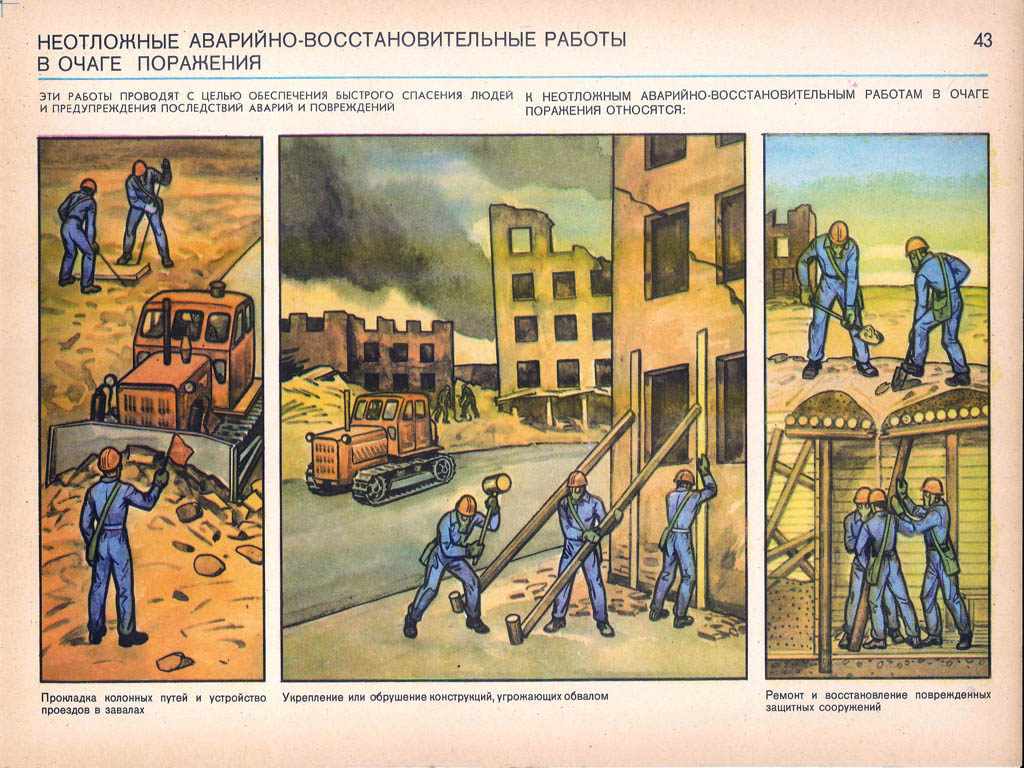
Figure 49: Urgent Recovery Operations in the Affected Area
Urgent Recovery Operations in the Affected Area (Continuation)
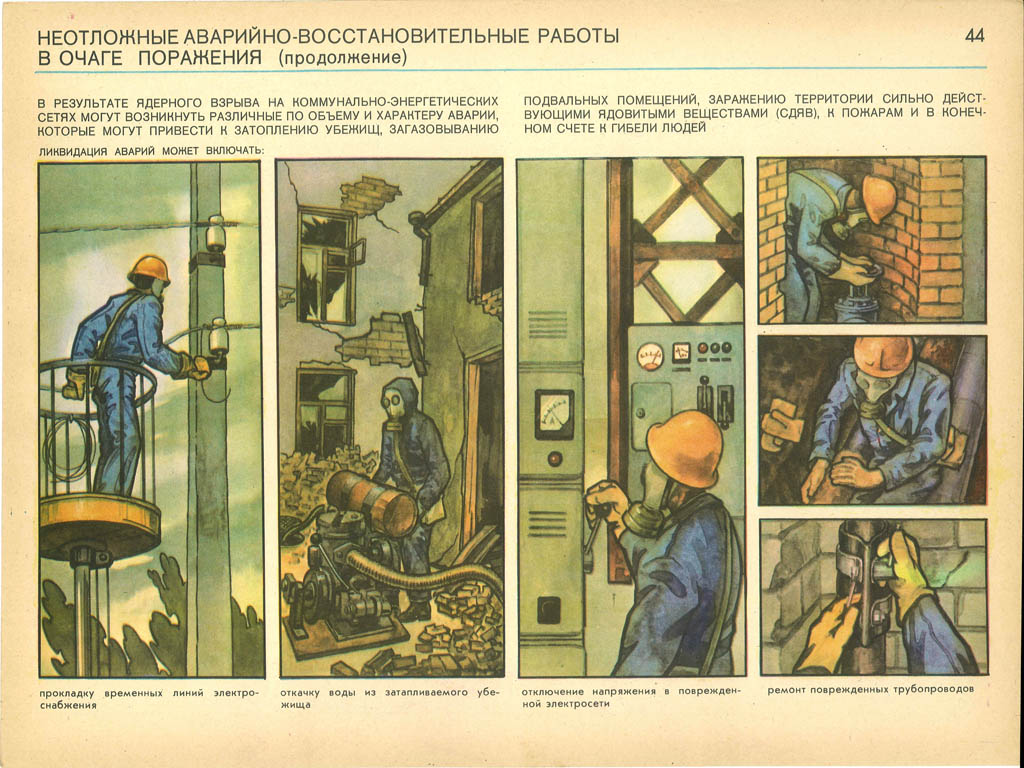
Figure 50: Urgent Recovery Operations in the Affected Area (Continuation)
Partial Sanitary Processing for Radioactive Contamination
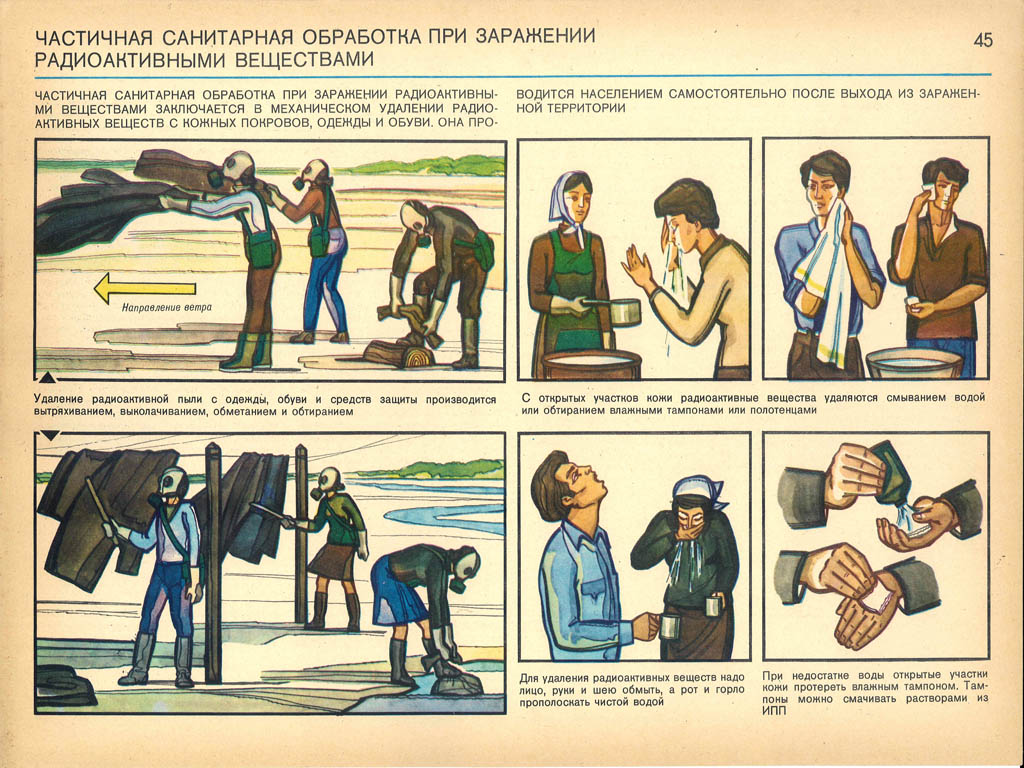
Figure 51: Partial Sanitary Processing for Radioactive Contamination
Decontamination of Food and Water
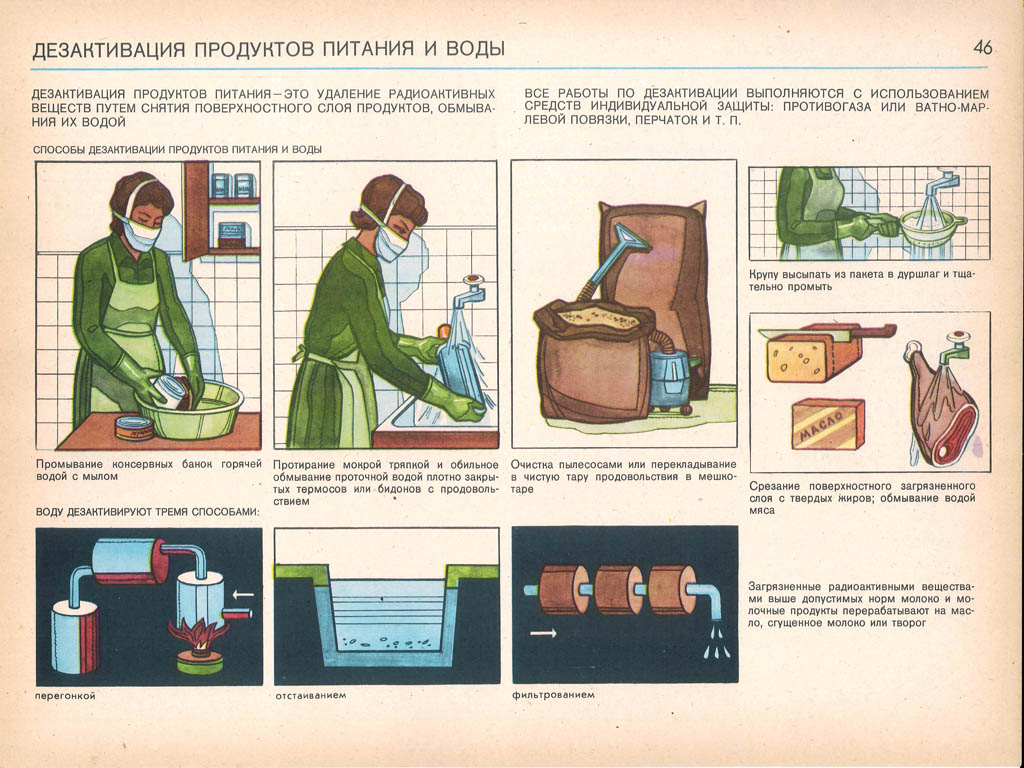
Figure 52: Decontamination of Food and Water
Decontamination of Clothing and Footwear
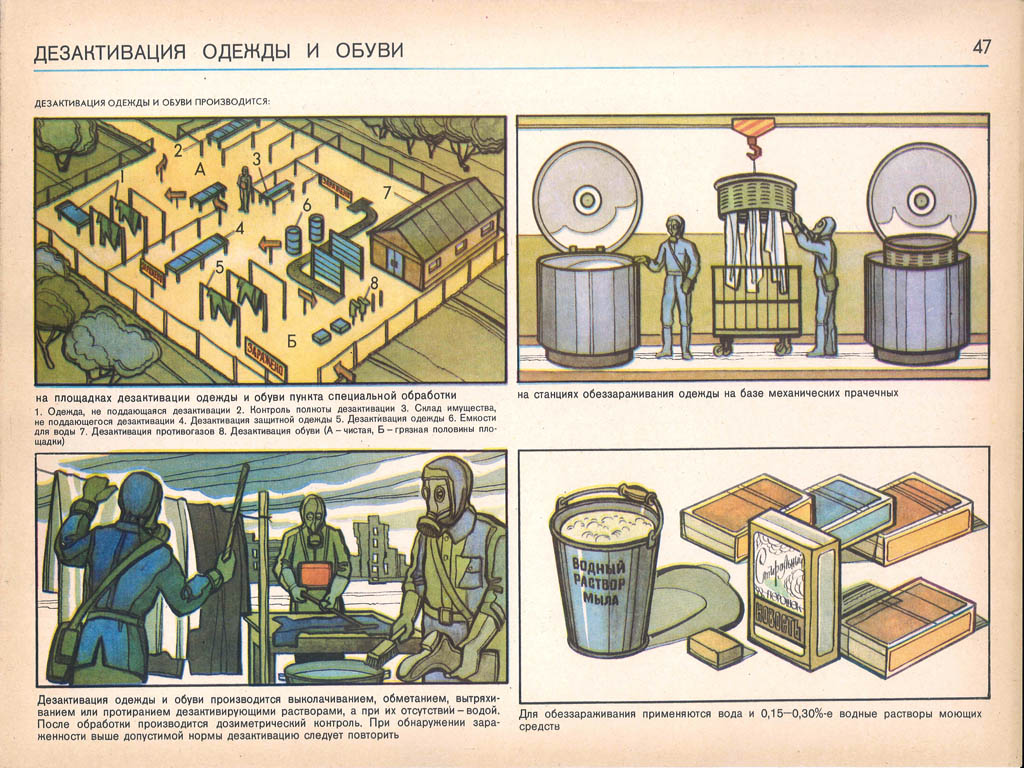
Figure 53: Decontamination of Clothing and Footwear
Veterinary Treatment of Agricultural Animals
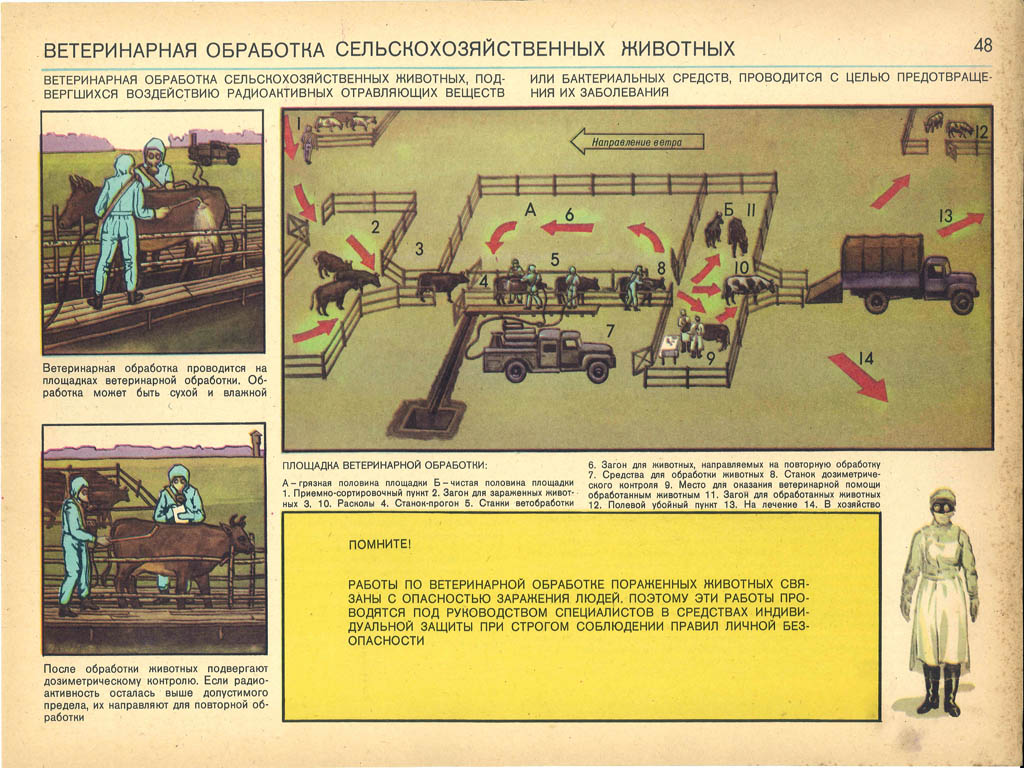
Figure 54: Veterinary Treatment of Agricultural Animals
Decontamination of Livestock Premises
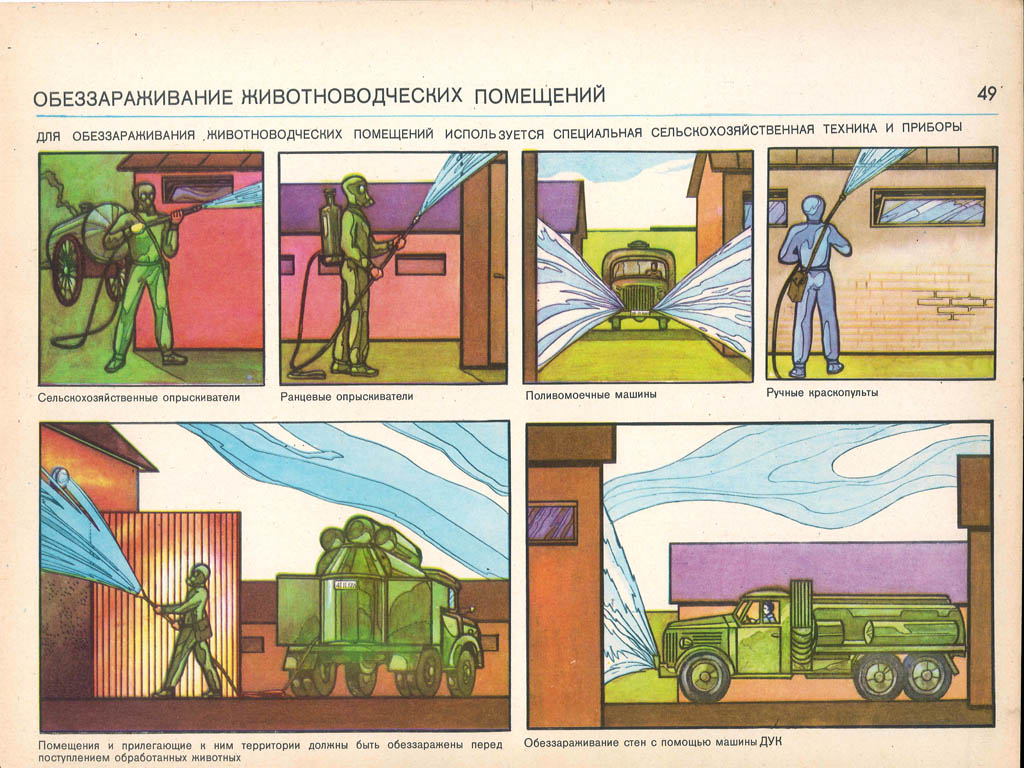
Figure 55: Decontamination of Livestock Premises